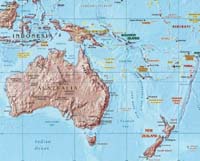1- Australia
Here is the australian flag, with:
- a "commonwealth star": every of the 6 pins of the star represents an australian state: New South Wales, Victoria, South Australia, Western Australia, Queensland, Tasmania, and (Canberra + Northern Territory).
- the 5 stars of "la croix du sud" which is the name of the plane which killed Jean Mermoz, but also a constellation visible only in the south hemisphere.
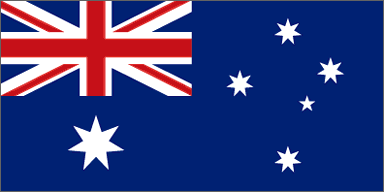
And "now for something completely different": here are some pages to help out of the confusion concerning the Citroën D-models in this country, where such dream graveyards exist.
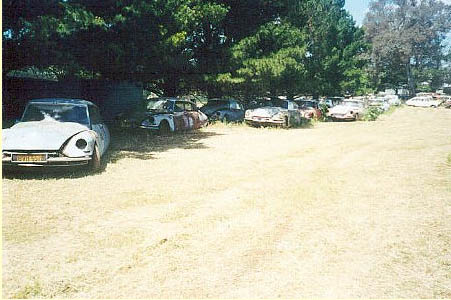
2- D-Models in Australia
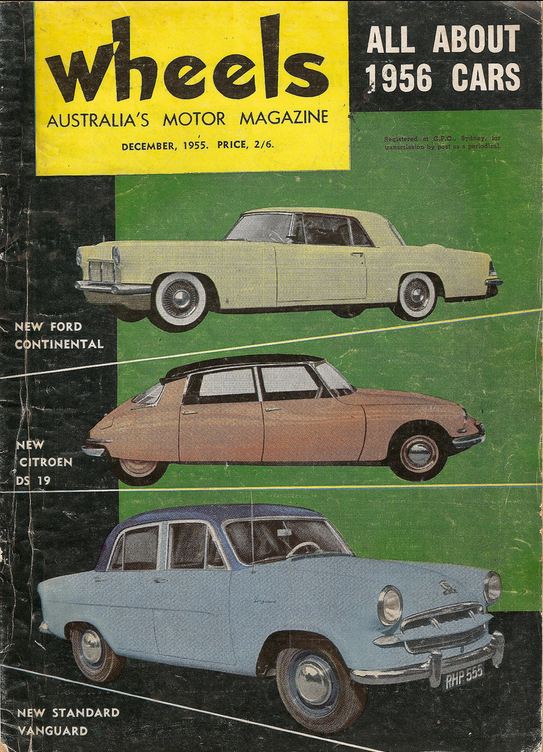
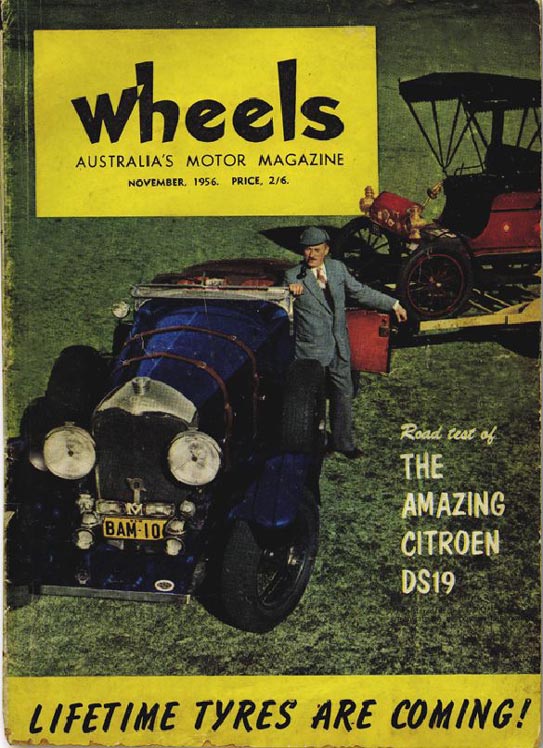
- Importation
- Where did the cars come from?
- three of the very first french-produced DS (number 122, 123 and 124) are still alive (124 is a wreck but the two others can be restaured) in Australia.
Those three were the only ones to come from France in the early years, because the cars were normally imported from England (Slough made)
in a nutshell:
DS:
From 1956 to 1963 all other DS19s than 122/123/124 are Slough ones.
From 1964 to 75, DS are French RHD importation
ID:
In 1958 (starting in March) ID19s are Slough.
From 1959 to 1961 ID19s are French.
From 1961 to 1966 ID19s are Aussie.
From 1967 to 75 ID are French RHD importation
This rule may have some exceptions (private importations).
Here an example of the additional plates for importation.
DSuper:
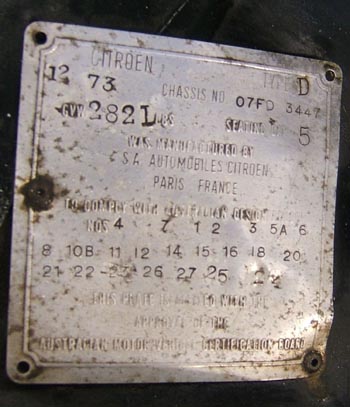
Safari DS23
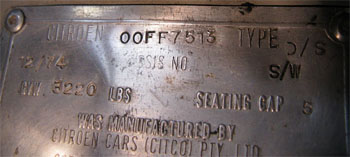
- The Aussie ID19: the ID 19 "Parisienne"
- for some commercial reasons (customs etc), the choice was made in 61 to start assembling some cars in Australia, in the "West Heidelberg" factory (near Melbourne), where other models (mostly french) were also produced. The components were shipped from France, and the "ID 19 Parisienne", built in Australia, was distinctly less expensive than Slough imported models.
Learn more about the ID 19 Parisienne
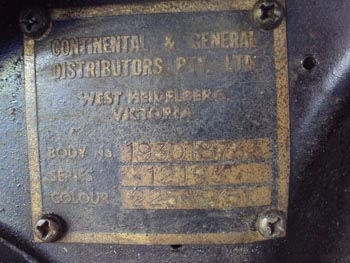
- How many D models were sold, how many survived?
- Australian people claim on forums that there are probably more Slough-made D models in Australia than in England, and they might be right. According to Bob Dircks, about 130 Slough DS19 came to Australia. Probably about 80 came in through the Sydney dealer (Buckle Motors) and maybe 50 to the Melbourne dealer (Commonwealth Motors)
About 20 Slough ID19 came to these dealers as well.
- There is a registration of D models in Australia, which can be found here, on the Aussie frogs forum. Please notice the huge number of early Slough models, that should make jealous English people (of course the Australian climatic conditions are better for car conservation than the English obsessing rain).
- The available colours for Slough models are illustrated on this page.
As appear from Bob's records,
of the 71 Slough DS19s sold by Buckle (....that we have records of.....) from '56 to '60,there were
15 Red, 29 Grey,
8 Black,
14 Cream.
The remaining 5 are not specified in the records.
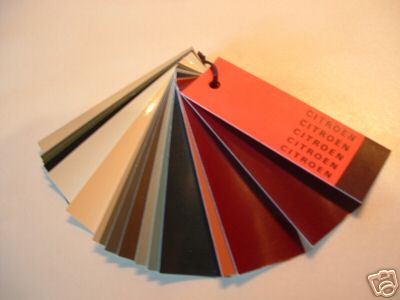
- References on the web
for Australia, there is a reference website about the D models passion through the years:
http://www.authenticlightingandhardware.com/citroen.html
Also an important resource is the "Aussie frogs forum", already mentioned. Help was provided for this file by Bob Dircks, Roger Bundle, Andrew Murray, Donat Tahiraj and some others...
3- Gallery
All these visits and help allowed me to make some beautiful pages with pictures of some interesting models of deep South (Australia and New Zealand, because it would have no sense to separate both, as many cars made the travel from NZ to Oz).
Please click on this picture to see the car gallery.
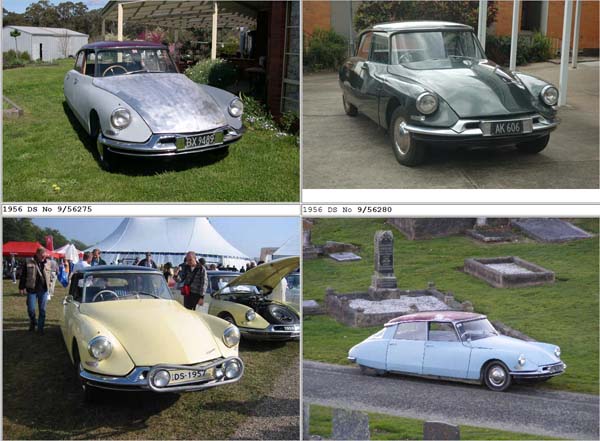
You might also wish to visit the page about the DS in New Zealand
4- Borg Warner Citroën DS in Australia
Read this incredible story by Greg: link
5- Goddess of 1967
As a last word, there was a recent (2000) Australian movie dedicated to the DS, called "goddess of 1967", featuring a pink (!) model.
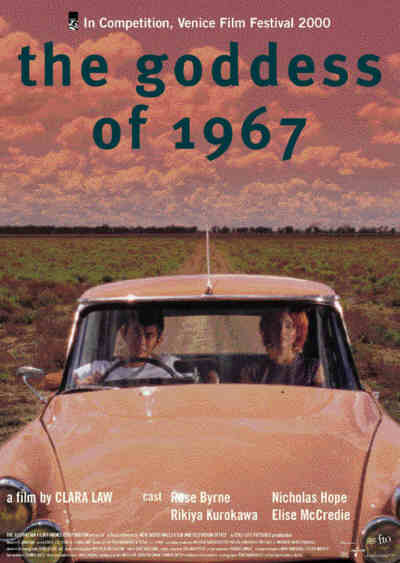
Two cars were used for the film, and they still survive. One of them, here below, has a really unique harmony (the seats are blue)
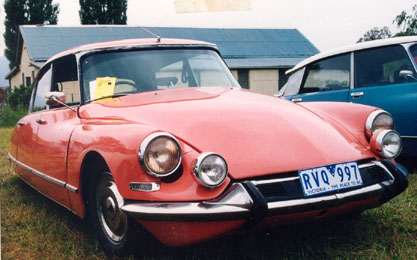
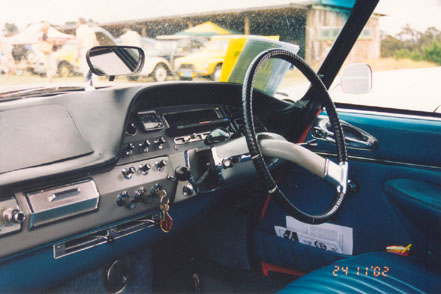
A dutch gentleman tracked theses two surviving cars some years later with his beautiful convertible, and here is the dutch reportage, as published in "La Bombe 282", the famous club magazine. I hope you read dutch, i don't ;-)
page 14
page 15
page 16
page 17
5- And now, if you're still hungry for D, follow this link to discover the DS in New Zealand
|
